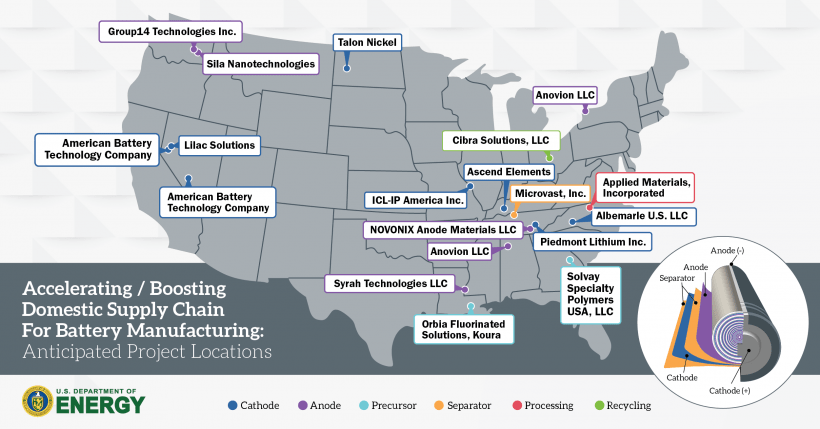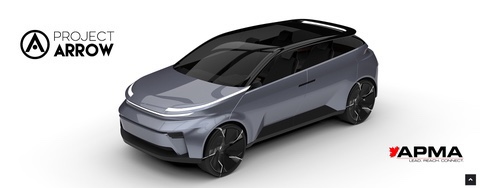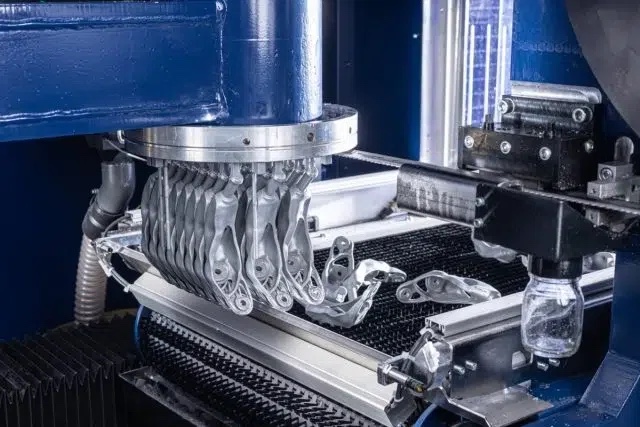The past decade or so of investment in additive manufacturing (AM) has, in large part, been a transportation play. It wouldn’t be going too far to say that the entire recent boom phase in the AM sector has been catalyzed by the rapidly advancing engineering requirements of transportation technology’s next generation.
The aerospace/space, automotive, rail, and shipbuilding industries have been at the forefront of demanding what are now economy-wide priorities of minimizing waste, maximizing fuel efficiency, and reducing lead times for parts. That is a combination that may be impossible to achieve at scale without the buildup of new supply chains centered around AM. Already we’ve seen numerous leaders in these sectors adopting AM at increasing scales:
- Since 2015, Airbus has been flying thousands of parts on its A350 XWB aircraft
- GE Aerospace has shipped 100,000 3D printed fuel nozzles for aircraft
- Volkswagen claims it will be 3D printing 100,000 car parts annually by 2025, heavily relying on metal binder jetting
- Ford says that it will use 3D printing to mass produce a component for “a very popular model” of vehicle, possibly also using metal binder jetting.
- BMW recently completed a project dedicated to the serial production of 50,000 auto parts annually using AM
- Mobility goes Additive (MgA) has established an industry-first consortium dedicated to 3D printing for European railways
- A leading member of MgA, Siemens Mobility has successfully implemented 3D printing for rail in multiple countries
- The leading U.S. rail manufacturer, Wabtec, hopes to 3D print 25,000 train parts by 2025.
- Shipping giant Wilhelmsen has been developing the maritime sector’s most advanced endeavor for 3D printing parts for ships and off-shore oil rigs.
This was not a historical inevitability, but rather was the result of many tactical and strategic decisions made, over many years, by the largest sources of R&D dollars from government and business in the world’s most industrialized economies.

In turn, it would also be easy to argue that increased funding of advanced manufacturing for transportation is, itself, a long-term investment in renewable energy. Above all, if that investment pays off, this will have its greatest impact in the form of electrification of power grids across the planet.
At this point, however long or short a time that broad-sweeping electrification has been a specific goal in the minds of the stakeholders involved is irrelevant. It is becoming evermore obvious that to pay off, investments in next-generation vehicles of every kind will also require matching investments in a comprehensive transformation to global energy extraction, storage, and distribution networks.

The key focal point here is that “matching” doesn’t mean equivalent. It means proportionate. The reason that’s so important to remember in this context, in particular, is because the scale of investment required in new power grid infrastructure will be far greater than the investment already made in more fuel efficient vehicles. Yet, the gains made from the funding already devoted to the latter can’t be defended, let alone built upon, without new funding for the former becoming an established fact.
Thus, all the stakeholders involved in bringing more fuel-efficient transportation along this far have an even greater interest in doubling down on that investment in years to come. To take the example that’s most widely reported upon, it’s already become quite well-known that the distribution and concentration of EV charging infrastructure is lagging far behind the growth rate in EV sales. There is no quick fix to this problem, but there also seems to be no solution, at all, without a continued buildup of AM-centered renewable energy supply chains, especially related to power storage.
The same goes for every other class of transportation, even if, depending on the context, the outward form of the changes is different. Something I haven’t even mentioned yet, in fact, could be the biggest change to transport technology of all, which AM ushers in is the transformation of traffic related to international commerce. In this sense, the truly important thing that 3D printing accomplishes for transportation industries will be something that it subtracts — carbon emissions — rather than something it adds. At the same time, the incremental reduction of waste in global supply chains will also free up more and more capacity for AM-driven innovation related to how humans move people, animals, and things.
Developments in AM for the transportation sector will be discussed at the upcoming Additive Manufacturing Strategies event February 7-9, 2023. New York City’s only in-person 3D printing event will feature a session titled “3D Printing in Transportation” sponsored by Mobility | Medical goes Additive, whose Managing Director, Stefanie Brickwede, will be giving the keynote. The session will also include participants from Boeing, NASA, the German Navy, Siemens and more.
Subscribe to Our Email Newsletter
Stay up-to-date on all the latest news from the 3D printing industry and receive information and offers from third party vendors.
You May Also Like
3D Printing News Briefs, April 13, 2024: Robotics, Orthotics, & Hypersonics
In 3D Printing News Briefs today, we’re focusing first on robotics, as Carnegie Mellon University’s new Robotics Innovation Center will house several community outreach programs, and Ugogo3D is now working...
Rail Giant Alstom Saves $15M with 3D Printing Automation Software 3D Spark
3D Spark has entered into a three-year deal with the rail giant Alstom. Alstom, a transport behemoth with annual revenues of $16 billion, specializes in the manufacture of trains, trams,...
Meltio Expands Global Reach with New Partnerships in the Americas and Europe
Spanish 3D printing manufacturer Meltio has expanded its sales network across the globe. With the addition of three new partners in the United States, Brazil, Argentina, and Italy, Meltio aims...
3D Printing Webinar and Event Roundup: April 7, 2024
Webinars and events in the 3D printing industry are picking back up this week! Sea-Air-Space is coming to Maryland, and SAE International is sponsoring a 3D Systems webinar about 3D...
































